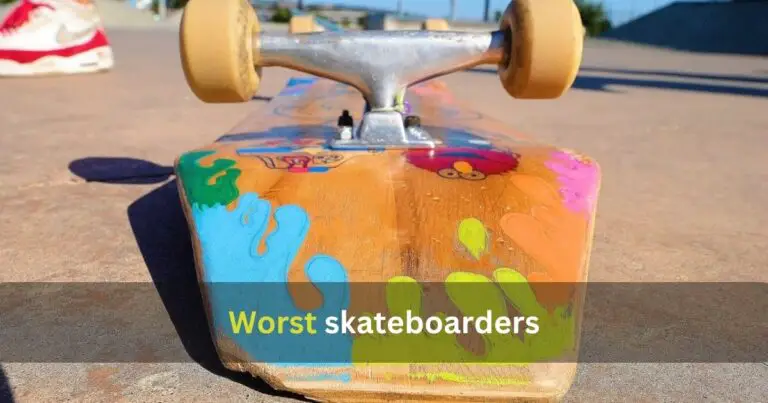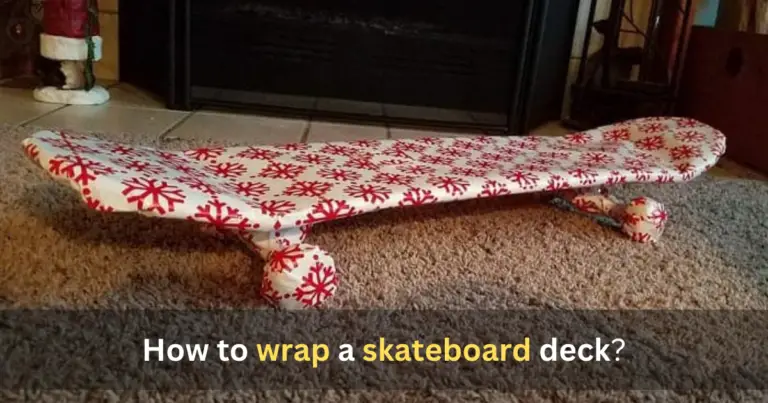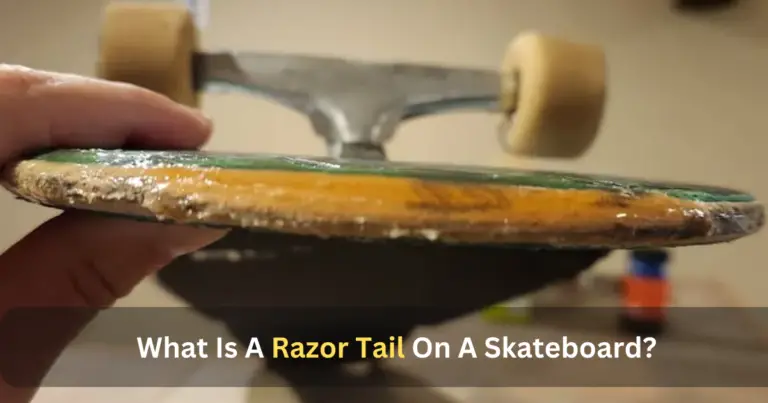
What does flow skateboarding mean?
It is one of the four levels of funding in skateboarding that you have to go through to become a pro skater.
1. Shop
Getting sponsored, getting a deal, and sometimes getting free goods or making a movie.
2. Flow
Get things from the team, but no money.
3. Am
You get paid but don’t get a pro deck.
4. Pro
You get a better card and more money than before.
Sponsorship in skateboarding is when a business backs an individual skater or a team of skaters who participate in competitions or public events.
Most of the time, a sponsor will give a person or group cash, a discount, or free merchandise or equipment in exchange for using that sponsor’s merchandise or gear in public and during a competition for marketing and as a testimonial or support.
Types of sponsorship skateboarding flow
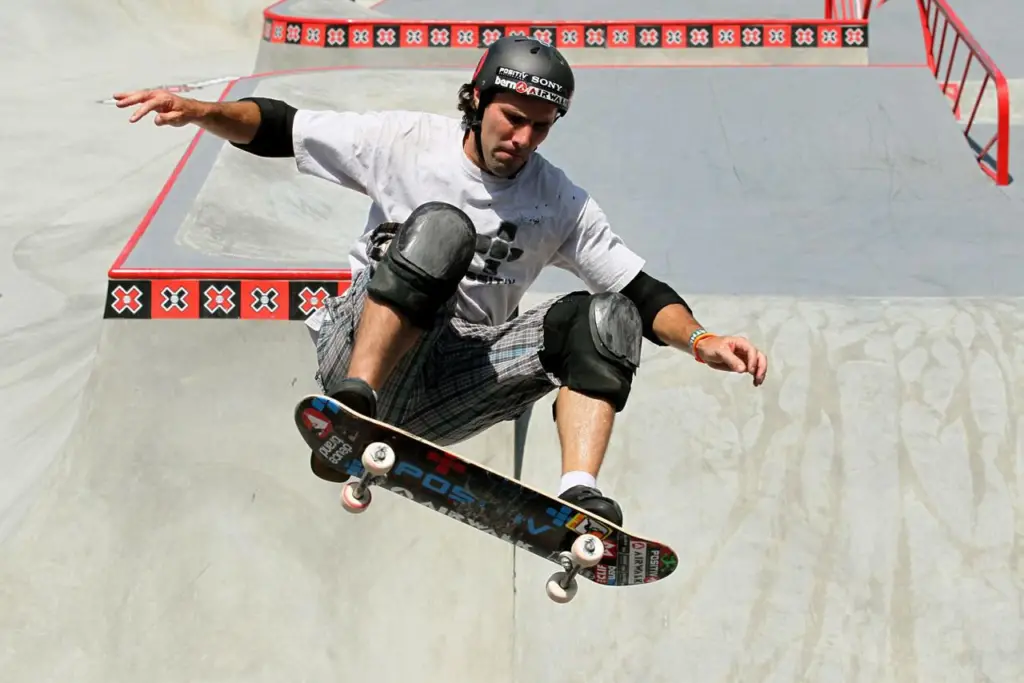
There are two types of individual skater funding that everyone agrees on. Both amateurs and pros. Both can come in different forms and be agreed upon verbally or in writing as part of a contract.
1. Sponsorship from a skate shop
Skate shop funding is when a local retail company in the professional skateboarding business gives money to a team or event. The terms of a shop sponsorship vary, but the rider usually has few responsibilities.
The rider usually promotes the sponsor by wearing branded clothing and sending media (like movies and photos) that they can use in advertising campaigns.
Shops often hire skateboarders and give them money to work there. This happens in addition to regular savings to help pay or as part of a job contract.
In some accessible sponsorship deals, the sponsor might give the person a discount on goods or equipment if the person agrees to use the goods or equipment at public skate parks or local events.
Both beginner and expert skateboarders can get help from skate shops.
2. Sponsorship for beginners
Sponsoring an amateur skateboarder means giving them some gear and goods and sometimes paying for their travel, lodging, or living costs when they represent the sponsor in a tournament outside of their town.
Amateur skateboarders don’t get paid to skate, and the law says that many of them are too young anyway.
A sponsored amateur skateboarder may get some personal promotion as a “team member” of the brand, and they usually trade the rights to market their image in return for skateboarding tools and other merchandise or skateboard goods.
3. support by a company
Flow sponsorship relates to shop sponsorship as it usually involves a small to medium-sized skateboard company or business sponsoring a person. on the other hand, flow sponsership usually gives the sponsored person free goods, but this is more generally a short-term or consistent deal.
Flow funding refers to one of the first opportunities a skateboarder who wants to become a pro might take on their way to becoming a pro.
And is often used as a reward to get a skateboarder to join a team while they are thinking about all the offers they have received. Most trade is done through paper, online, and video-based media.
Personal appearances aren’t usually a part of the deal, and the goal of a flow sponsorship is to help a skateboarder get a foot in the door of the business so they can start a job. By 2003, when Mitchie Brusco was six years old, he had signed nine such deals.
4. Sponsorship from a professional company for a person
Professional sponsorship is the support that comes with fee payment and, in all but the worst contracts, a regular salary. Warranties vary, but they may cover the skateboarder’s living costs so that they can travel and train without working full-time.
This lets the skateboarder participate full-time without having to work full-time. Professional skateboarding contracts usually cover health care, image rights, awards, product creation, and artwork licensing.
Sponsored skateboarders get packages of branded clothing and other promotional items with their name or personal logo every month. These packages may also include extra branded items that they can use for advertising.
Professional skateboarders may get royalties from the sales of goods by their sponsors that have their name or brand on them. Experts recommend using professional-grade decks, cars, clothes, shoes, and wheels.
As a pro skateboarder, it’s common for a rider to mostly stick with one deck maker, and professional model skateboards often have the pro skateboarder’s name drawn or transferred on them in a big way.
Amateur skateboarders who want to make it big see getting a deck backer as their main long-term goal and a rite of passage. Getting one shows, you are a big deal in the skateboard business.
A professional skateboarder, Tony Hawk signed endorsement and sponsorship deals with several big brands worth up to US$15 million each. Some of these deals were with brands that had nothing to do with skateboarding.
Read:
What Are A Skateboard And Scooter Called? – The Correct Terminology You Should Know 2024
Getting Sponsored Skateboarding

How skaters get sponsorship has evolved considerably in recent years. With social media, YouTube, and many skateboard contests, skateboard brands and stores have shifted their sponsoring strategies.
Skaters have also changed how they become sponsored. There are still methods for corporations to find good skaters to support, even without mailing VHS recordings.
Sponsorship is difficult, but we wish it were. After getting a sponsor, it’s more challenging to maintain it, and picking one may make or break your skate career. The actual path to pro skateboarding is being a sponsored skater.
1. Develop your skills
Skate! To get sponsored, you must first improve your skateboarding abilities. You may not be a sponsored skateboarder just because you started skating early or hit your first kickflip. Skate as many skate parks as possible to glide all the street obstacles or enter a skate tournament.
2. Attending skateboarding contests
Every contest you enter will attract more skate businesses to your expertise. Skate contests always have sponsors and managers. Participate in as many skate contests as possible, like skate parks. Are skate competitions different from your thing? Take advantage of the streets and get footage.
3. Maintaining video footage
Sponsored and pro skateboarders rely on the footage. Sponsors utilize it to promote you on social media and in full-length films. Think about it this way: video parts introduce skaters to teams and sponsors.
The same applies to pro, amateur, and flow skaters. When a sponsored or pro skater claims they’re working, they’re street filming.
4. Create a company
Why wait to get sponsored if all else fails? From Tony Hawk to Rodney Mullen, several great skateboarders have started businesses. It’s a terrific method to encourage other skaters and express creativity endlessly.
All young skaters should form a corporation with pals, even for pleasure. Your footsteps would follow the best skaters.
5. Send Prospective Sponsors
Nobody will work harder for you than you. Once you have your sponsor me video, contact your dream sponsors. Skaters used to mail brands of VHS tapes.
More options than ever to reach a skate brand team manager via LinkedIn, email, and social media. Go for it! Never know whose eye you’ll catch.
6. Social Media
In an interview, Shane O’Neill, a world-class skateboarder, remarked, “Just go hard on social media.” Social media lets you provide bite-sized material to show sponsors you’re a good skater and a helpful marketing asset.
You must be careful. How you advertise yourself on social media might label you a “social media skater” and turn you off to core skate brands. You must be image-conscious and know how to be a healthy online skater. Don’t criticize anyone.
How to finance your skateboarding
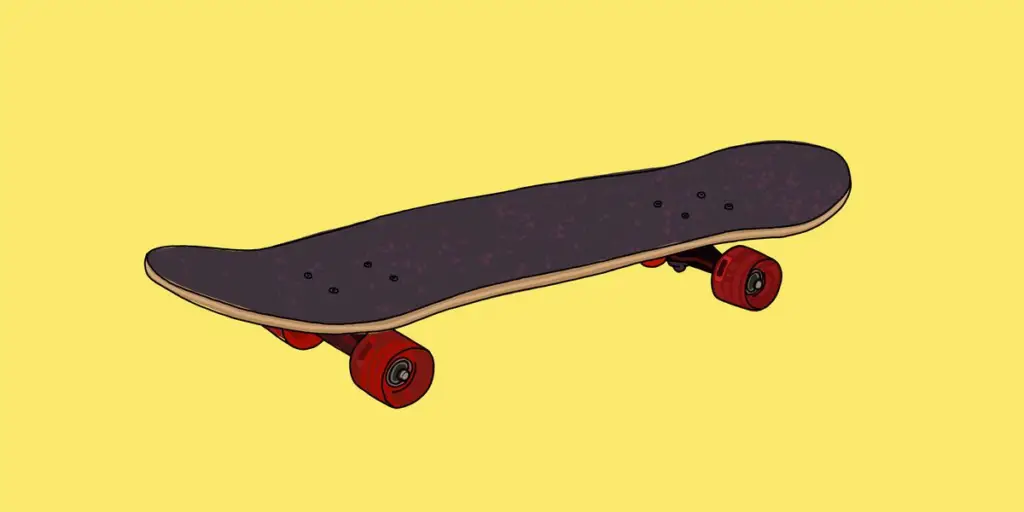
Many ambitious people before and after you have succeeded in upgrading their local skate places and launching community-benefitting enterprises. Remind yourself before starting or through frustrating periods when things aren’t going as planned.
Start, persevere, and be open-minded: adjusting to your environment might drive your project to a better path than expected.
1. Reach out to companies
Local companies may be interested in your community effort. Local companies want their communities to succeed so you can involve them in your initiative. Contact the company and meet with the project sponsor manager.
Explain the project and its community impact. Explain project startup expenses and financing requests.
Please give them a project sign, website, newsletter, or press mention to promote their advantages and community well-being. Are you looking for a business to sponsor?
A relationship will help you get in. Instead of asking for money, funders like to see that you have sought in-kind offerings like materials, supplies, services, or people’s time and abilities.
2. Use online crowdsourcing sites
Due to the internet, crowdfunding is a joint fundraising strategy. The key to this strategy is to create a compelling concept that explains the fundraising purpose and its benefits to the community.
3. Fundraise with family and friends
You launched a project, finally. That’s great! After gathering a team of eager friends and volunteers and some resources to kickstart your ideas, you’re ready to fund your project’s first or next phases.
Your project’s setup expenses will vary based on your concept, but start by telling your friends, neighbors, and family what you’re doing and how they can help.
4. Found a club or organization to have a legal framework
An official structure for your community project, such as a sports club or registered (non-profit) organization or company, can increase your chances of receiving grants or support from governments, organizations, and companies.
5. Establish a support base by making and selling project merchandise
Making and selling something is a fantastic method to raise money. Stickers, Shirts, Hoodies, or even your skateboards might generate steady revenue to fund project materials.
Start with your inner circle and tell your friends and family about your work. You may find people who buy your items to support your effort.
6. Start promoting community awareness and organizing fundraising events
A fundraiser is an excellent way to introduce volunteers and raise initial project finances. It helps you connect with the community and promote your innovative concept. Fundraise on the street (permission required) or in your neighborhood.
A fundraiser may seem daunting initially, but with the proper people and mindset, it can be a fun and fulfilling approach to ensure sustainability and long-term effect for your community initiative while sharing your enthusiasm.
Most People are frequently afraid to ask for assistance or guidance, but many ready helpers are likely in your community. Ask others to assist with your goals and initiatives to serve more people in your community.
7. Skate somewhere and start your project with buddies
Authorities chase away most skateboarders from areas., so finding a site where you can always ride is ideal. If the location has level ground, consider installing wheelie tables and ledges.
If not, create a little ramp or bowl. Please remember that owning or being permitted to use a location and knowing who the owners are can save you and your friends a lot of hassle. Unfortunately, some of the most exciting DIY projects globally had expiry dates.
Read:
How Long Does It Take To Learn To Skateboard? – Techniques And Benefits In 2024
Summary
An up-and-coming skateboarder’s first opportunity to get into the professional scene may be a Flow sponsorship. And is frequently used to induce skateboarders to join a team when weighing their options.
Skaters with corporate sponsors receive financial compensation for appearing in promotional videos, photos, and other media. They frequently get the chance to see the world. A professional skater is a skater who competes professionally for a living.
FAQs
Q: What does pumping mean in skateboarding?
A: Pumping allows skateboarders to speed up without taking their feet off the board. They can do Pumping by turning or on a change, such as a ramp or quarter pipe.
Q: What does tapping skateboard mean?
A: Skaters show respect for a cool trick or great run by tapping their boards on the ground or slapping the nose or tail on the ramp curbing.
Q: What do skaters call their skateboards?
A: Most skaters call their boards or skateboards their boards. There’s no reason to be fancy. When you hear the word “deck,” it means the part of the skateboard that consists of wood. Someone who calls a skateboard a “wood” or a “ride” sounds like they are trying too hard to sound like a skater.
Q: How many of you have a Flow Sponsorship?
A: Flow is informal and based on your needs and corporate value. One guy got 12 shoes a year and another 12 a month from the same firm. You only have firm terms once they pay you.
Video Guide:
read also
- How Long Does It Take To Learn To Skateboard? – Techniques And Benefits In 2023
- Is Skateboarding A Hobby? – Fact Explained In 2023
- What Are A Skateboard And Scooter Called? – The Correct Terminology You Should Know 2023
- Can You Skate With Glasses On? Tips For Skating With Vision Correction 2023
- Can You Skateboard In Seoul? – Everything You Need To Know In 2023
- Do Balance Boards Help Skateboarding? Its Benefits In 2023



